SKL is reader supported. When you buy through links on our site, we may earn affiliate commission. Learn more here.
Bamboo fabric has become super popular in recent years, and for good reason. It’s soft, cozy, and can even filter up to 97.5% of UV radiation from the sun (naturally)! But is the production of bamboo fabric as sustainable as we think or is this just another greenwashing ploy?
The Ultimate Guide To Bamboo Fabric.
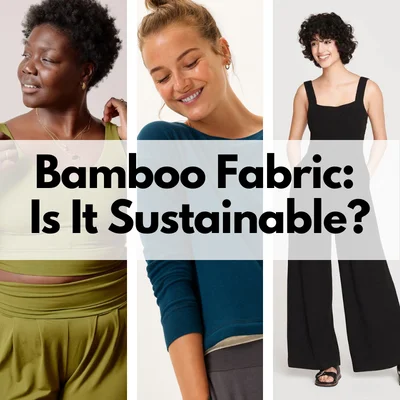
Knowing what makes a material sustainable or not is the first step in our understanding of sustainable fashion. Unfortunately, as of 2021, synthetic fiber still makes up 64% of global fiber production. We need to move away from using synthetic materials in our clothes.
Alternatives to synthetic materials are often referred to as ‘natural’ materials and can include organic cotton, hemp, linen, bamboo, etc. While we know that natural materials are largely the more eco-friendly choice when we shop, there is still some confusion around the bamboo fabric. Folks want to know whether or not it is truly a sustainable material.
Join us as we take a closer look at this material. Let’s find out whether it makes a good alternative to synthetic materials!
What Is Bamboo Fabric?
Bamboo Fabric was first materialized into cloth in 2001 by Beijing University (yes, it’s true!). The bamboo pulp was dissolved and the fiber was dyed to create a gorgeous white piece of expensive fabric. In the next few years, the manufacturing process of Bamboo hit new heights (and much lower prices).
20 years is not so long ago. Sustainable materials were just starting to increase in popularity again after the massive rise of synthetic materials. This led to major advancements in manufacturing bamboo fabric. The question is, how sustainable were these advancements?
How Is Bamboo Fabric Made?
Bamboo fabric comes from bamboo (and a lot of processing!). It is a member of the grass family, primarily grown in China. However, you can also find bamboo forests in Korea, Australia, and even New Jersey, USA!
Bamboo is an extremely fast-growing plant. Interestingly enough, the bamboo shoot usually stays intact when harvesting. Bamboo fabric typically comes from the Phyllostachys edulis.
- The process of making bamboo fabric starts by harvesting bamboo stems.
- The second step is cutting the bamboo steps into small strips.
- Next, natural enzymes break down the strips into a pulp. This pulp will produce bamboo fiber.
- The fiber is spun into bamboo yarn.
- Lastly, it is woven into bamboo fabric! It can then be dyed at either the yarn or fabric stage.
As soon as the bamboo fabric process is complete, it is ready to be turned into your favorite eco-friendly staple!
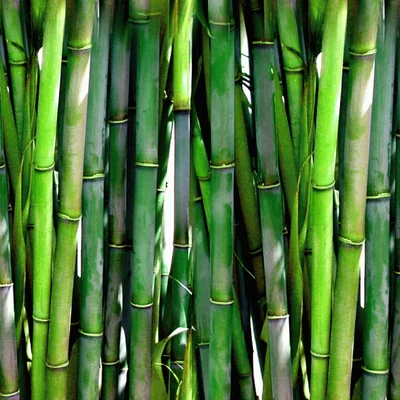
Properties of Bamboo Fabric
We have a pretty good idea of what bamboo fabric is and how it’s made. Now, let’s go over the properties of Bamboo. And with that, the benefits of using and wearing Bamboo fabric.
Is Bamboo fabric stretchy? Yes, this sustainable textile is flexible and comfortable which makes it ideal for activewear and underwear!
What does Bamboo fabric feel like? Bamboo (viscose) material is ultra-soft and gets softer with each wash. It’s also breathable, moisture-wicking, thermoregulating, and cooling – perfect for warmer climates!
Bamboo fabric shrinkage: Bamboo can shrink in the wash when compared to linen or other tougher fabrics. It’s best to wash bamboo clothes on a delicate wash (don’t worry, we have a full guide below to caring for your bamboo clothes!).
How long does it take Bamboo to biodegrade? It can take around a year or longer for bamboo clothes to fully biodegrade. You can also compost any material that’s completely made from bamboo, which would take about 6 months to break down.
Is Bamboo A Sustainable Fabric?
Did you know that the bamboo plant is naturally organic? It doesn’t need any pesticides or fertilizers in order to grow! Moreover, it requires very little water. This gives it a sustainable edge over other natural materials which can be more water-intensive such as cotton and silk.
Even more shocking, bamboo uses half the land cotton needs to produce the same amount of fiber! The bamboo plant will continue to grow new shoots from its root system – meaning the roots remain in the soil helping to prevent soil erosion.
Every part of the bamboo plant can be used (it’s pretty amazing). So it can produce a zero-waste product, depending on the manufacturing process.
Lastly, Bamboo absorbs five times more CO2 per hectare than hardwood trees. On average, one hectare of bamboo stands absorbs about 17 tonnes of carbon per year, that’s the same amount of emissions as a return flight from New York to Paris 17 times!
So, now that we know why bamboo is so awesome – let’s check and see if it’s actually sustainable when turned into clothing!
How can I tell if a Bamboo Clothing Brand is sustainable or not?
To find out if a bamboo clothing brand is sustainable or not, we would need to see how they are sourcing and producing their bamboo material.
They should state where in the world they get their bamboo from and how it is grown, ensuring that they are responsibly growing and harvesting the plants. We would also need to see that they are using closed-loop or lyocell production methods to produce the bamboo fabric, meaning they are avoiding harmful chemicals or at least reusing them in a closed-loop process.
Other factors of sustainability are worth checking too, such as how transparent they are about their supply chain and partner factories, what kind of packaging they use to ship your products, and if they’re taking steps to reduce the carbon footprint of their company in any way.
It is also important to check they are producing their bamboo clothing ethically, only working with factories that ensure a living wage and safe working conditions.
How can Bamboo fabrics be made more sustainable?
Bamboo fabrics can be made more sustainable by being produced without harmful chemicals in the process and without being blended with synthetic materials. Bamboo fabric is also much more likely to be sustainable if it has been produced in a closed-loop system, ensuring that no chemicals are released into waste water and instead are reused over and over again.
The Unsustainable Side of Bamboo Fabric
While the bamboo plant itself can grow with little to no human intervention and is renewable, the process of turning bamboo stalks into material requires a complex series of processes and can be unsustainable.
Bamboo material can be produced by a few different methods.
- Mechanical production doesn’t require harmful chemicals but is very labor-intensive and more costly to produce, as a result not many brands are opting for this method.
- Lyocell or ‘closed-loop’ production doesn’t chemically change the cellulose structure and any solvents used can be reused again in a circular process.
- Viscose Rayon production is the most commonly used method and unfortunately uses several chemicals and solvents, such as carbon disulfide and sulfuric acid. These chemicals are known to be harmful to the workers who handle them and to the environment if they are not properly extracted from the wastewater.
There are also further chemicals involved in the process once the bamboo has been turned into fabric. Dyes, chemicals, and bleach are often added to the material to achieve the right color, or to make fabric wrinkle and stain resistant. These can contain toxic chemicals like p-Phenylenediamine, Perfluorocarbon, and Formaldehyde.
Bamboo Forests
As bamboo material has become more popular, more companies are investing in planting bamboo forests or ‘groves’. In some cases, large areas of native and ancient trees have been cleared in order to provide a space to grow these new groves, and they will likely never grow again in this area.
Growing only one type of species of plant in an area can create a monoculture whereby the biodiversity of the area is drastically reduced, negatively impacting the wildlife and other flora.
Blending With Other Fibers
Bamboo clothes are often made from blended materials, such as bamboo and cotton, or bamboo and silk, which can make them nearly impossible to recycle as fiber blends (fabric that is not 100% of any type of fiber) as the machines that spin and weave shredded fabric cannot differentiate the various fibers.
Bamboo is also often blended with synthetics, which would then make the item of clothing unsustainable.
It is vital that we know where and how the bamboo has been sourced and manufactured, and ensure we only support brands that are using sustainably produced bamboo.
Pros and Cons Of Bamboo Fabric
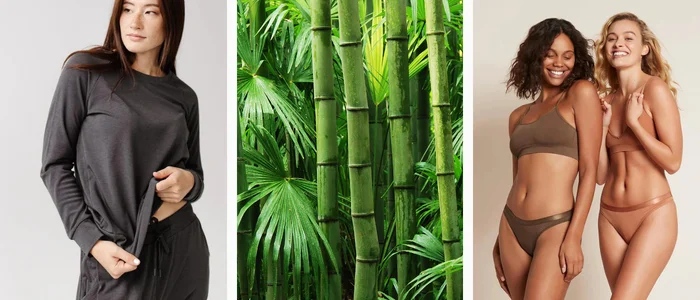
It’s very important to look at all the pros and cons of any fabric to ensure we are making the best-informed decisions as conscious consumers. Let’s break down the pros and cons of Bamboo clothing!
What are the advantages of Bamboo Fabric?
- Bamboo (viscose) material is ultra-soft and gets softer with each wash, which makes it a great alternative to synthetics or silk
- Bamboo fiber is breathable, moisture-wicking, thermoregulating, and cooling – perfect for warmer climates!
- Bamboo is antibacterial, containing a natural bio-agent called ‘Bamboo Kun’ which eliminates and prevents over 70% of bacteria from growing.
- Bamboo fabric offers natural protection from the sun’s harmful rays, filtering up to 97.5% of UV radiation.
- Bamboo fabric does not wrinkle easily, even after frequent washing, making it a long-lasting material.
What are the disadvantages of Bamboo Fabric?
- Bamboo can shrink in the wash when compared to linen or other tougher fabrics, so it’s best to wash bamboo clothes in a delicate wash.
- Most bamboo clothes cost more than cotton or synthetic clothes.
- Bamboo fabric may not dry as quickly as cotton fabric. (However, this is not because the bamboo fiber is slower to evaporate its moisture, but because the bamboo fiber is far more absorbent so it simply starts out much wetter and therefore can take a little longer to dry.)
- The production process of bamboo often requires a cocktail of toxic chemicals which can harm the workers who are involved and also the environment if the chemicals enter waterways.
- Unsustainable harvesting of bamboo can cause deforestation of indigenous and ancient trees, as well as impact wildlife and ecosystems.
- It is often difficult to find out how a brand has sourced and produced its bamboo fabric, making it even harder to make an ethical decision on whether to buy an item of clothing or not.
Bamboo Fabric Compared To Other Fabrics
Bamboo Fabric Vs Hemp
There are several reasons why we might view hemp as more sustainable than bamboo. Hemp as a plant has the ability to improve soil quality. However, bamboo doesn’t. It takes little to no chemicals to turn hemp into fabric. Hemp is also believed to be more durable than bamboo as a material
However, a lot of it comes down to how a material is produced. From growing the plants and processing them into fiber, to how you dye and prepare the cloth before turning into clothing, each step can be done differently from brand to brand. That’s why it’s important to check how a brand produces their bamboo clothing.
Bamboo Fabric Vs Cotton
In terms of environmental impact, bamboo can be viewed as more sustainable than cotton. This is due to the fact that bamboo requires no pesticides or fertilizers in order to grow! Cotton uses vast amounts of these chemicals.
However, cotton can be grown organically – without the use of added toxic chemicals. This can eliminate the use of toxic chemicals in the growing stage of production.
Both bamboo and cotton use toxic chemicals during other stages of the process. From carbon disulfide and sulfuric acid used to make bamboo viscose, to the finishing stages of cotton production where formaldehyde, bromines, and halogens are used.
Cotton is also incredibly water-intensive (whether grown organically or not), whereas bamboo requires much less water in comparison. It all depends on where the cotton or bamboo plants are grown.
Bamboo Fabric Vs Polyester
Bamboo fabric is a more sustainable choice than polyester as it is naturally biodegradable. If bamboo clothing does end up in landfill it will break down into the soil over a short amount of time, whereas polyester can take hundreds of years to fully decompose. Polyester is a completely synthetic material that is made from Polymers derived from petroleum (fossil fuels) and also requires high amounts of energy to produce.
Polyester clothing sheds microplastics when washed, which pollutes waterways and marine life and can end up being ingested by humans. While there is ongoing research to compare the effects of synthetic Vs natural microfibers, we know that microplastics are having detrimental effects on human and animal life. Polyester is still the cheapest material to produce, which is why it’s used by fast fashion brands and leads to overconsumption and more textile waste from the fashion industry.
How to Wash Bamboo Clothing
As bamboo is naturally antibacterial, it actually requires washing less frequently than other materials. This means you can hold off throwing that bamboo top in the laundry for a few more wears!
Reducing the number of times an item of clothing is washed will always help it retain its shape, color, stretch, and integrity for longer. When you do wash your bamboo clothing, use a lower temperature on your washing machine and (if the weather allows!) line dry your clothes instead of using the tumble dryer.
Which Sustainable Brands Use Bamboo Fabric?
1. Tasc
Tasc creates sustainable bamboo activewear for women and men including t-shirts, tank tops, sports bras, leggings, and even activewear skirts and dresses!
All of their clothing is made from their signature BamCo® fabric, a blend of bamboo viscose and organic cotton. The Tasc factory runs on renewable energy and 95% of the water used during the fabric dyeing stage is recovered, treated, and reused.
Sizes: XS-XL
Price: $22 – $118
Ethics: Renewable energy, WRAP certified, BSCI certified
Location: USA only
2. Boody
Boody is a well-trusted name in bamboo clothing for women, men, and babies ranging from underwear to activewear. To produce their bamboo material they use a closed-loop system where all liquid is recycled and the solvents are captured and removed to ensure that the process is eco-friendly.
They have also partnered with a textile recycling service, Retold, so you can donate your unwanted textiles to be upcycled or recycled responsibly.
Sizes: XS-XL
Price: $9.79 – $89.95
Ethics: B-Corp certified, recycling program, packaging FSC certified
Location: Australia, worldwide shipping
3. Onno
ONNO makes women’s t-shirts and long-sleeved t-shirts made from a bamboo and organic cotton blend.
Their ONNOcell bamboo material has a ‘washed’ look and is super lightweight, made from 70% bamboo lyocell and 30% organic cotton. ONNO works with small, family-owned partner factories in Delhi, India, and Tai’an, China.
Sizes: 2XS-2XL
Price: $38 – $44
Ethics: Certified Global Organic Textile Standard, carbon offsetting
Location: USA, worldwide shipping
4. Cozy Earth
Cozy Earth specializes in making high-quality, bamboo sleepwear, loungewear, bedding, and bathroom towels!
They use ethical bamboo viscose and only use responsible dyeing practices and ensure all of their products are free of harmful chemicals. Cozy Earth personally ensures working conditions and fair labor practices within its supply chain.
Sizes: XS-3XL
Price: $31.50 – $370
Ethics: Toxic-free dyes, fair labor practices
Location: USA, worldwide shipping
5. BAM
BAM, touted as one of the best bamboo clothing brands on the market, makes underwear, tops, bottoms, jackets, and activewear for women and men from high-quality, sustainable bamboo.
They highlight the factories they work with for garment production, as well as the manufacturer they work with to produce their bamboo fabric. They have also partnered with Sharewear, a charity that distributes wearable second-hand clothing to people that really need it.
Sizes: 8-16
Price: $6.99 – $180
Ethics: Transparency, climate-positive, recycling program
Location: UK, worldwide shipping available
This was the full guide to Bamboo fabric.
Bamboo is itself a highly sustainable plant, capable of making a sustainable item of clothing. It all comes down to how the bamboo plant is turned into fabric.
From knowing that the bamboo has been sourced from sustainably grown bamboo forests to checking what type of process has been used to create the bamboo material, there are a few ways to know whether a brand is using sustainable bamboo or not.
Bamboo clothing brands must be transparent about their sourcing and manufacturing processes, that way you can shop away safe in the knowledge that your next purchase will be a sustainable one!
Looking for more from SKL?
Like it? Pin it!
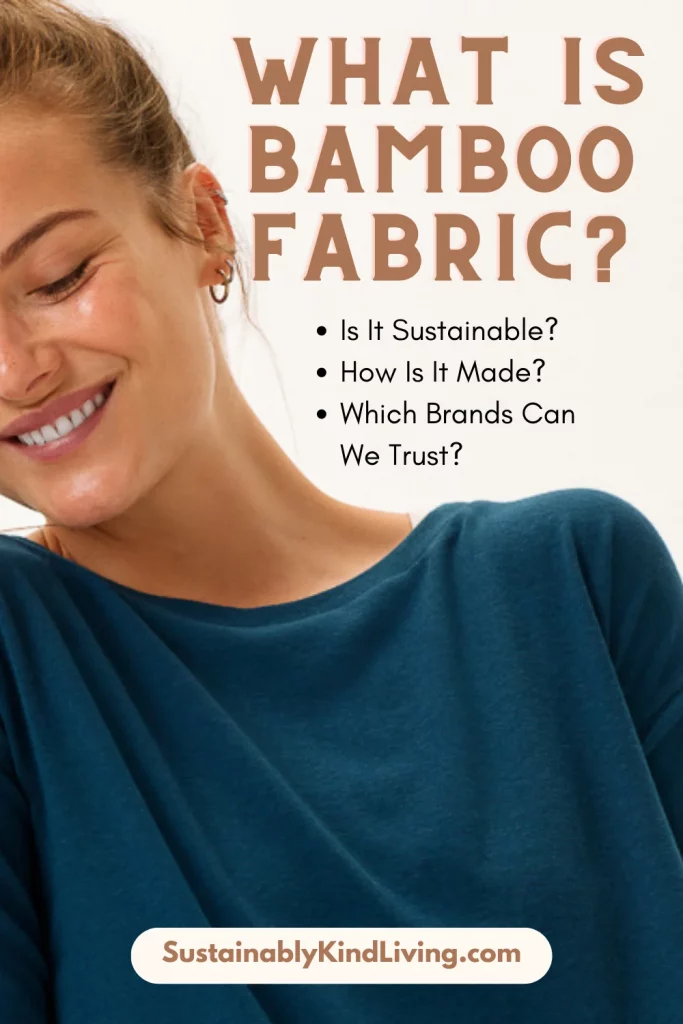
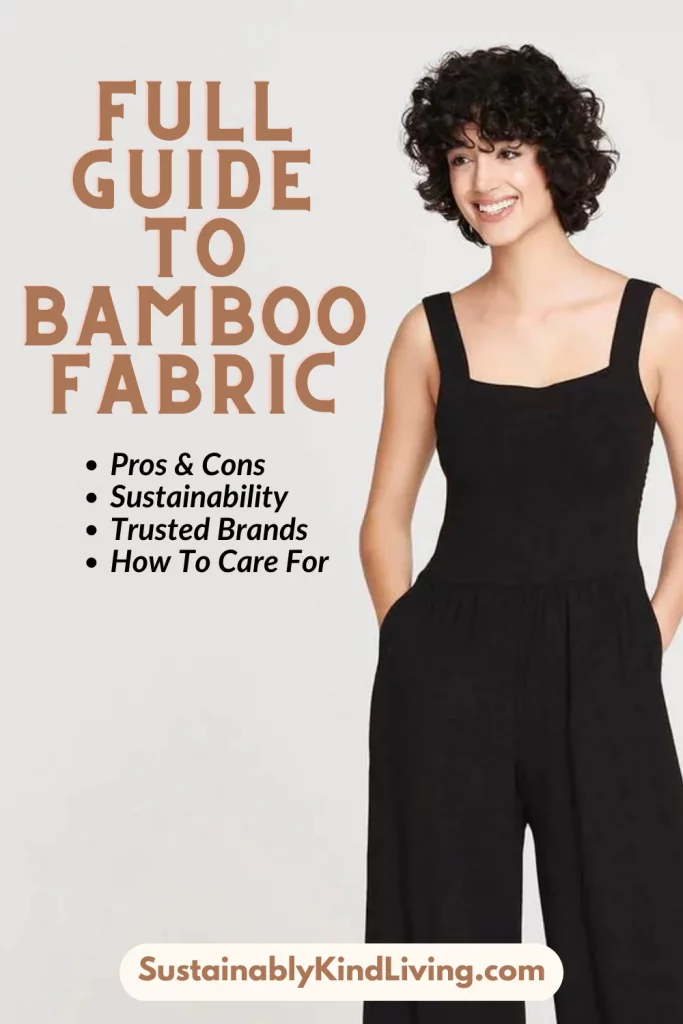
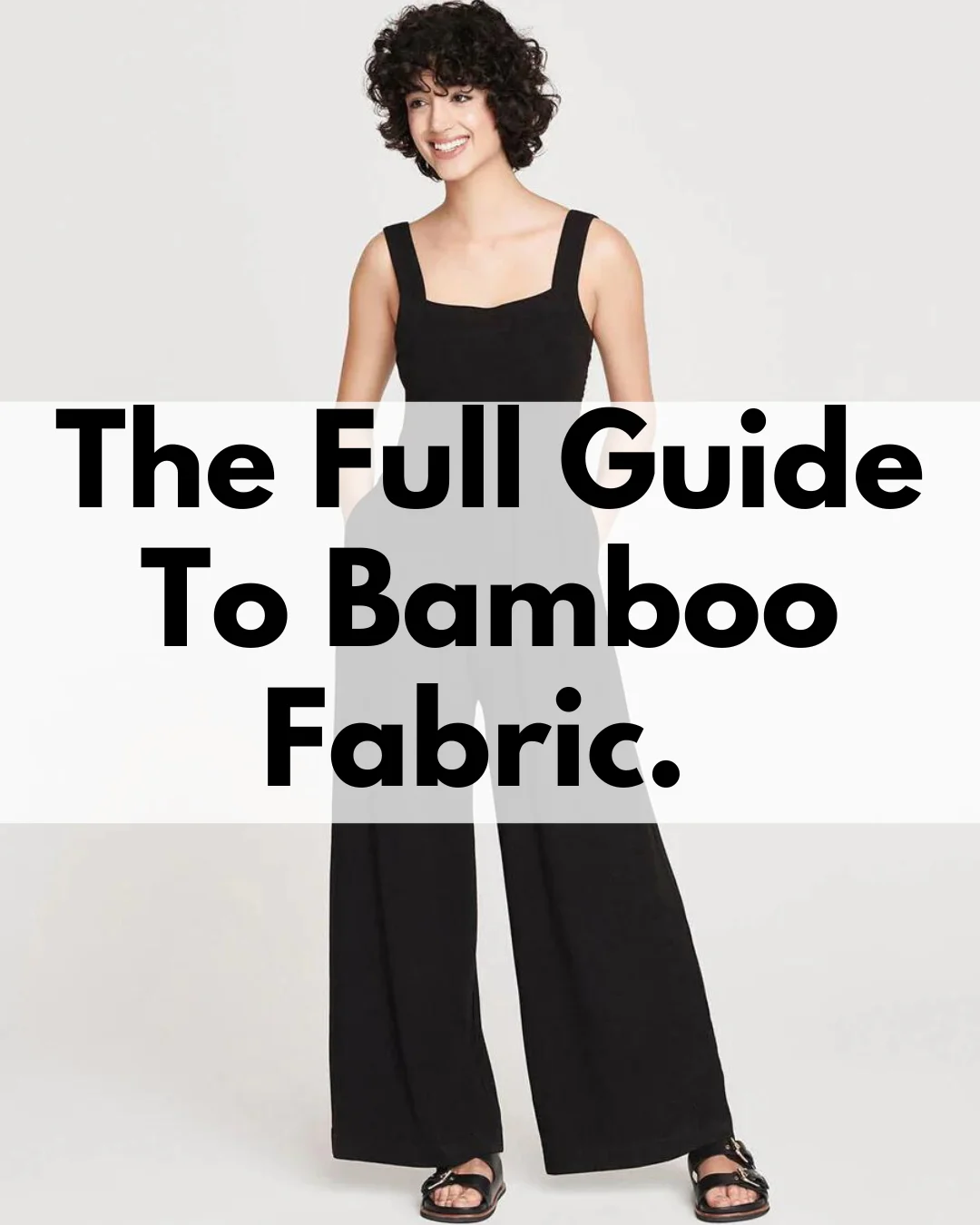
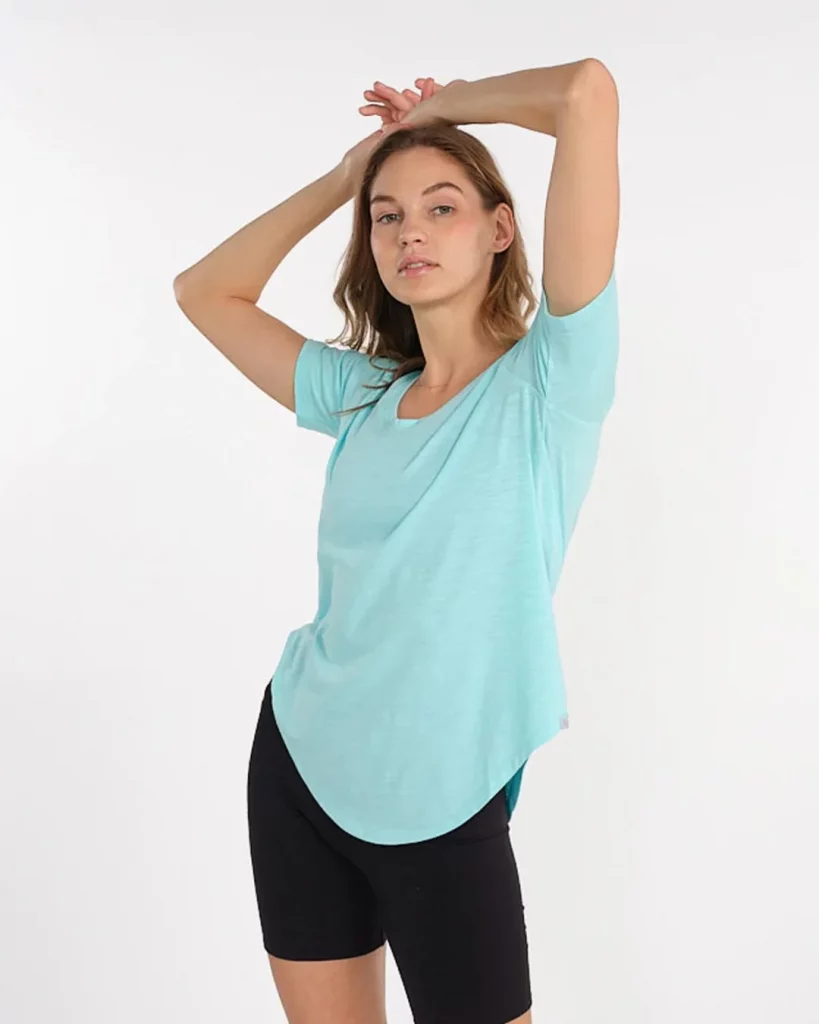
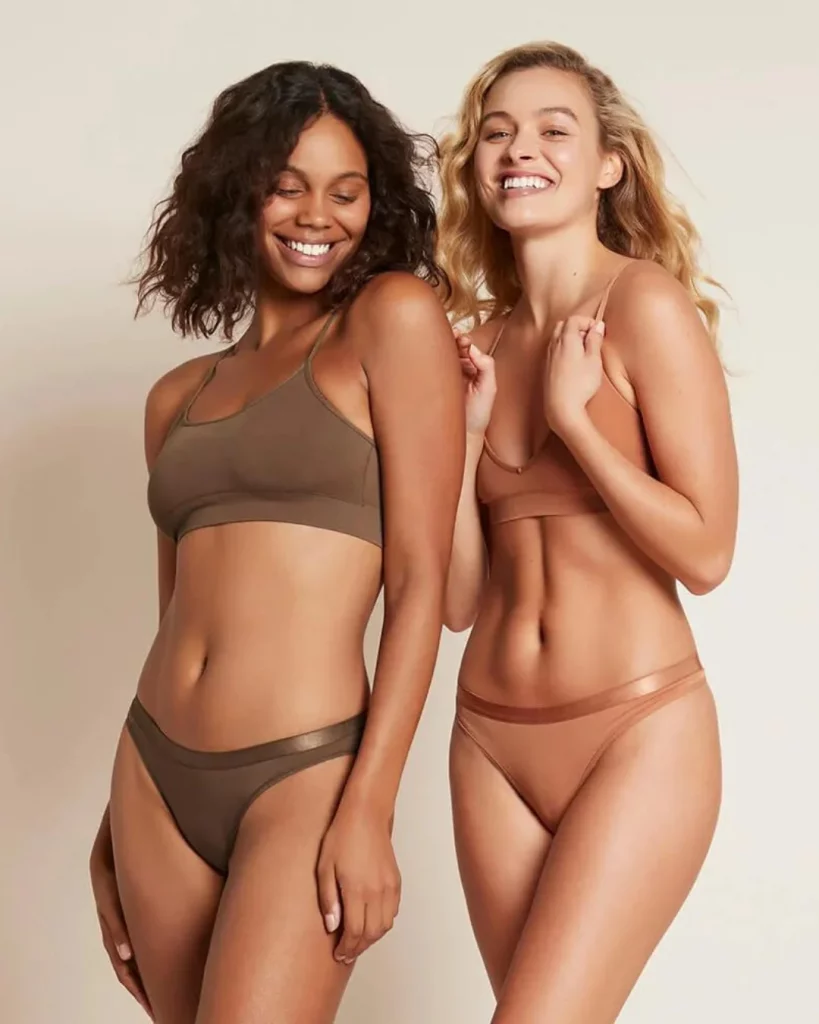
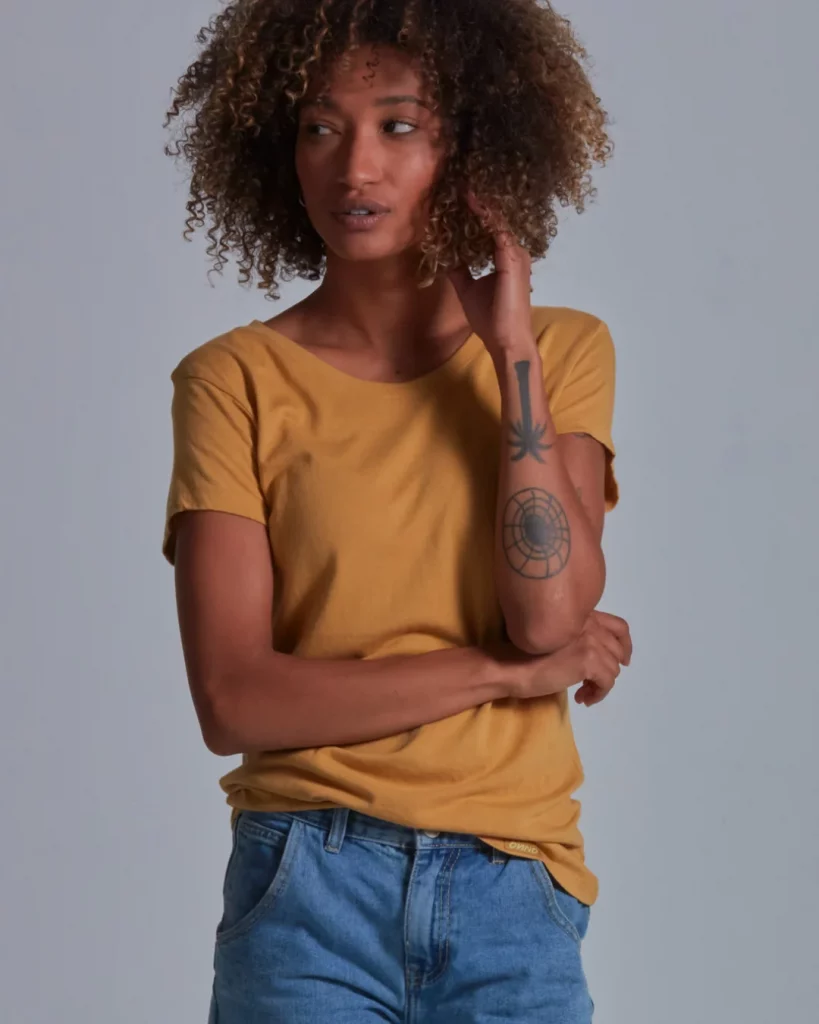
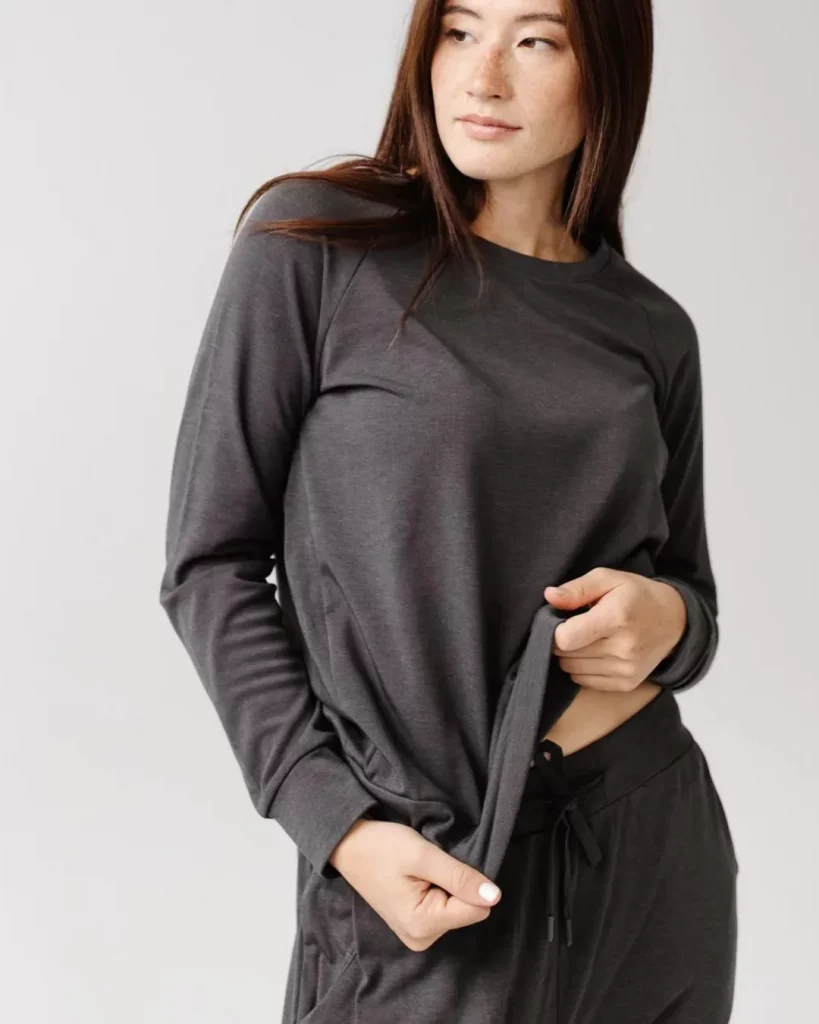
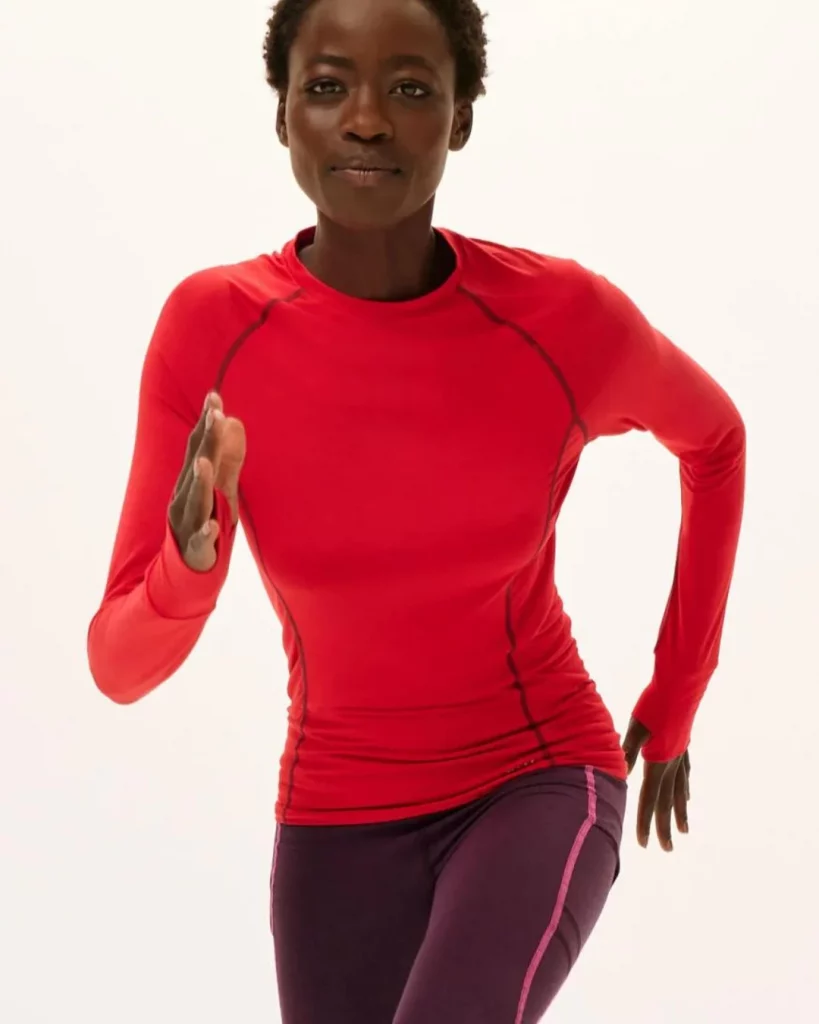
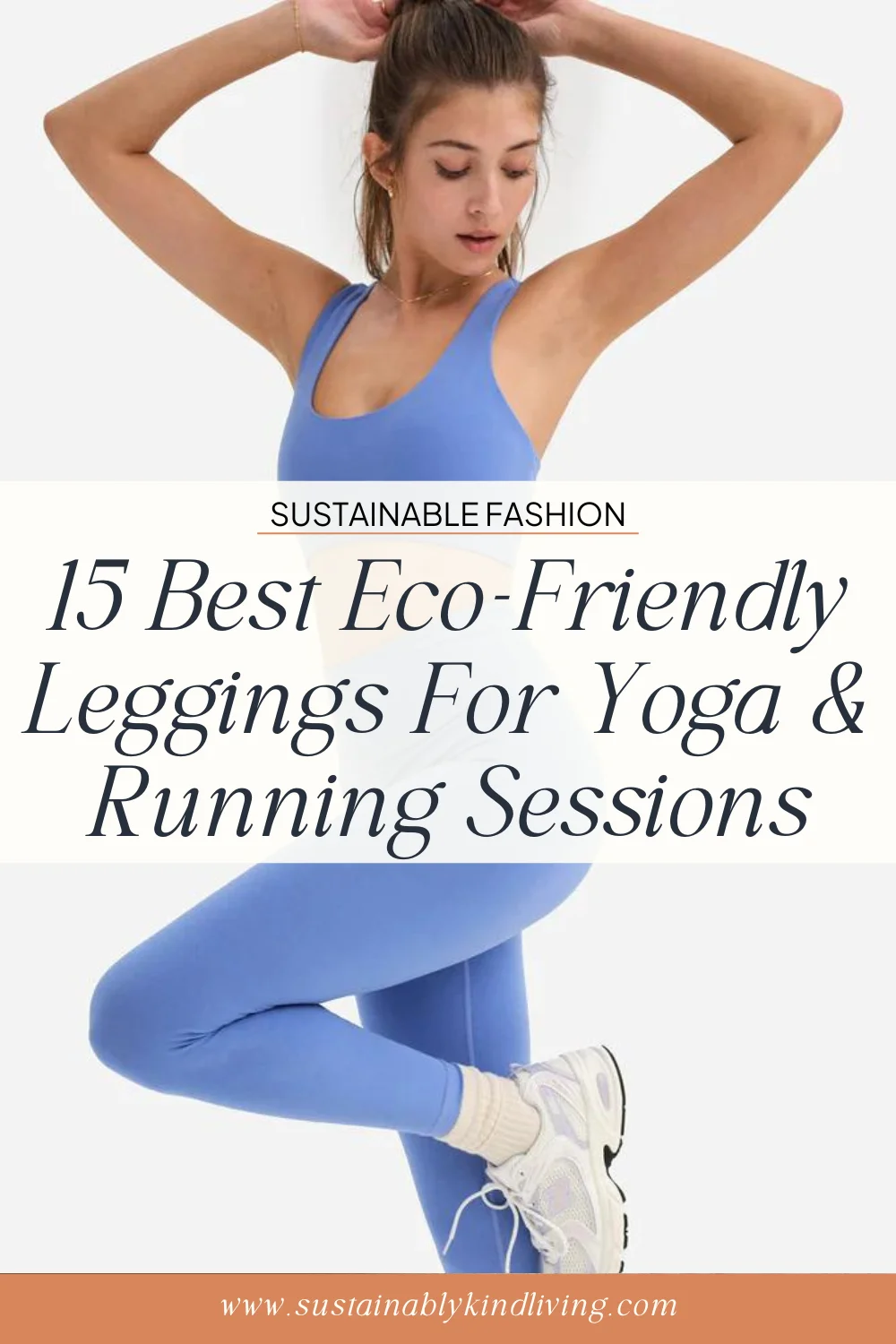
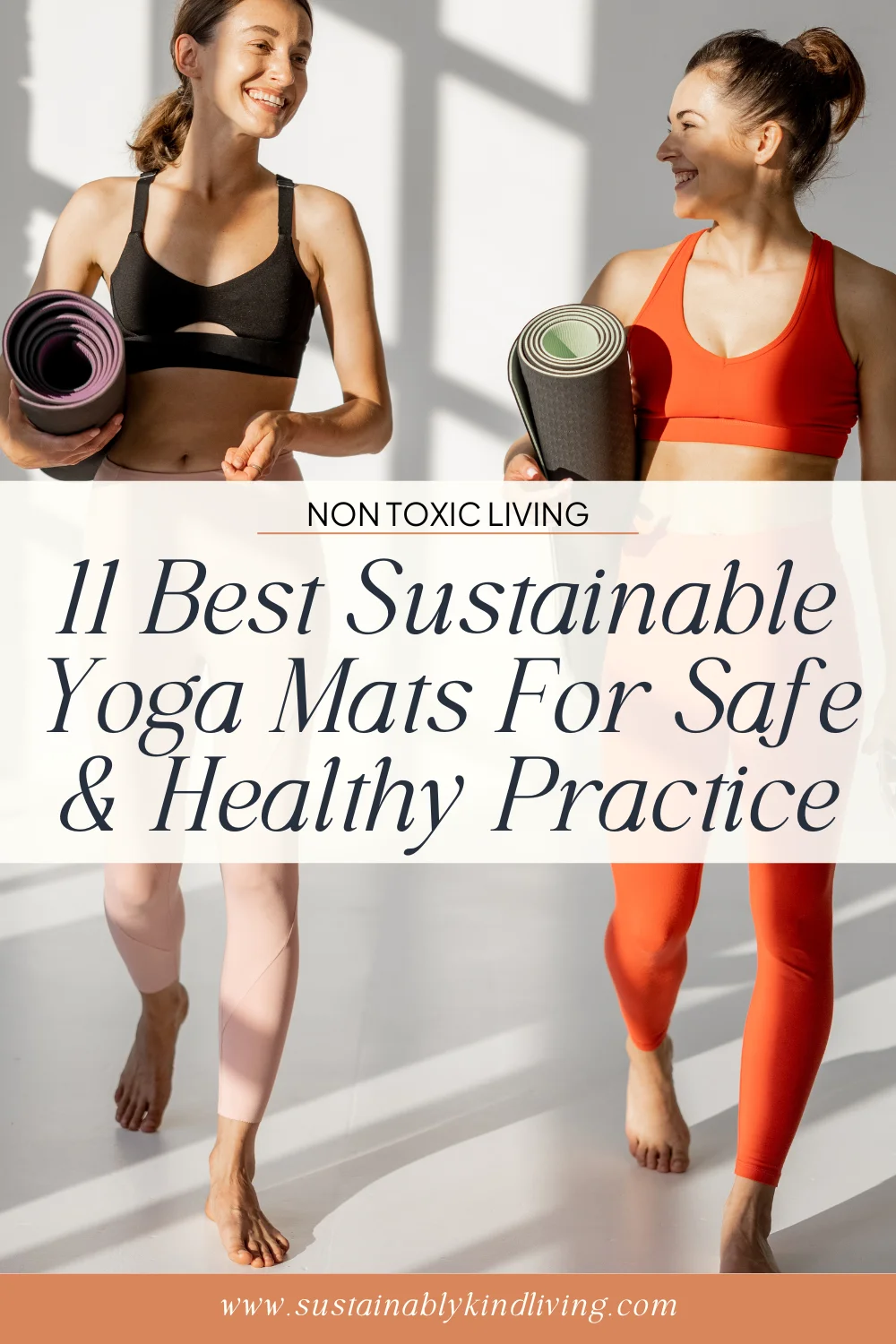
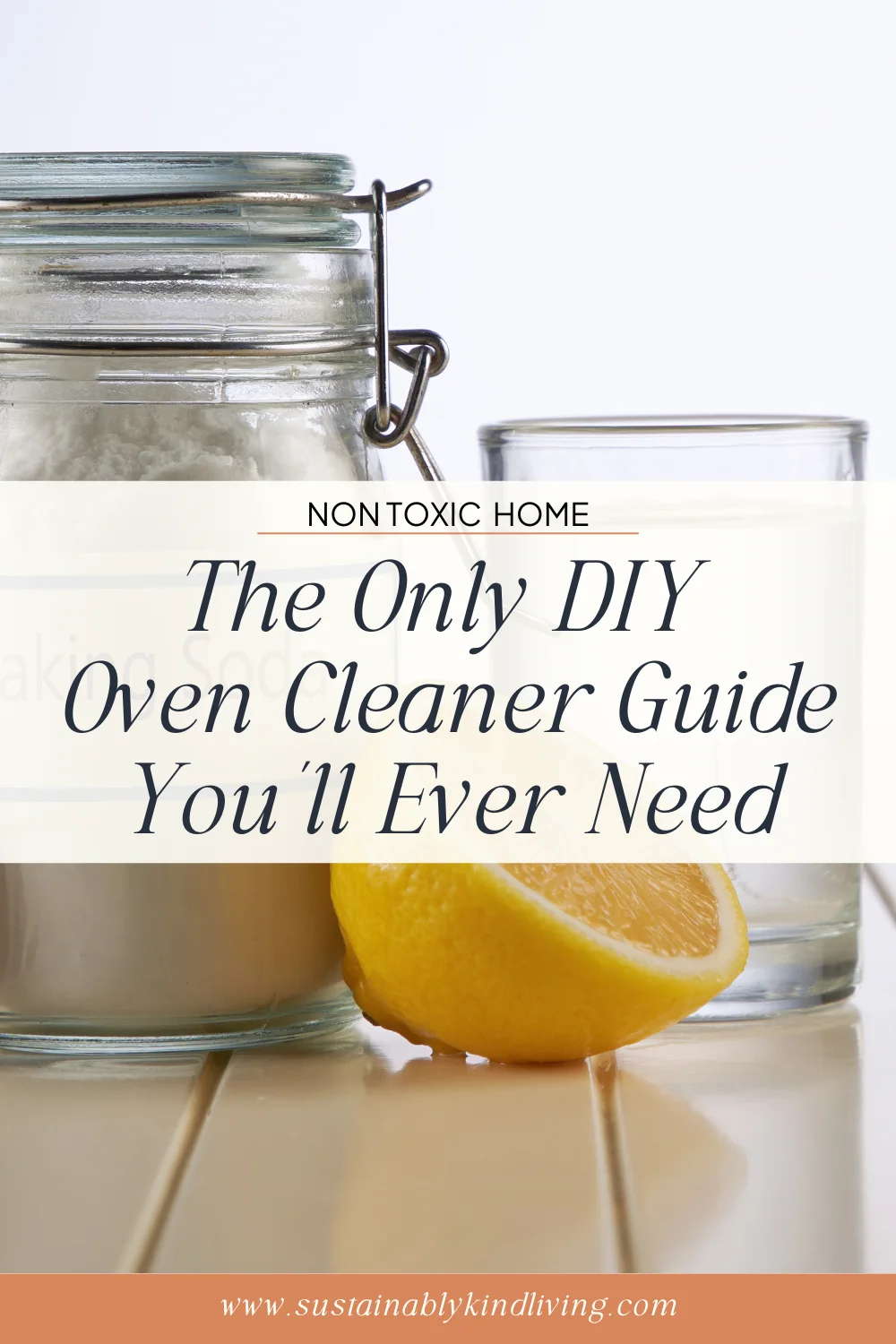
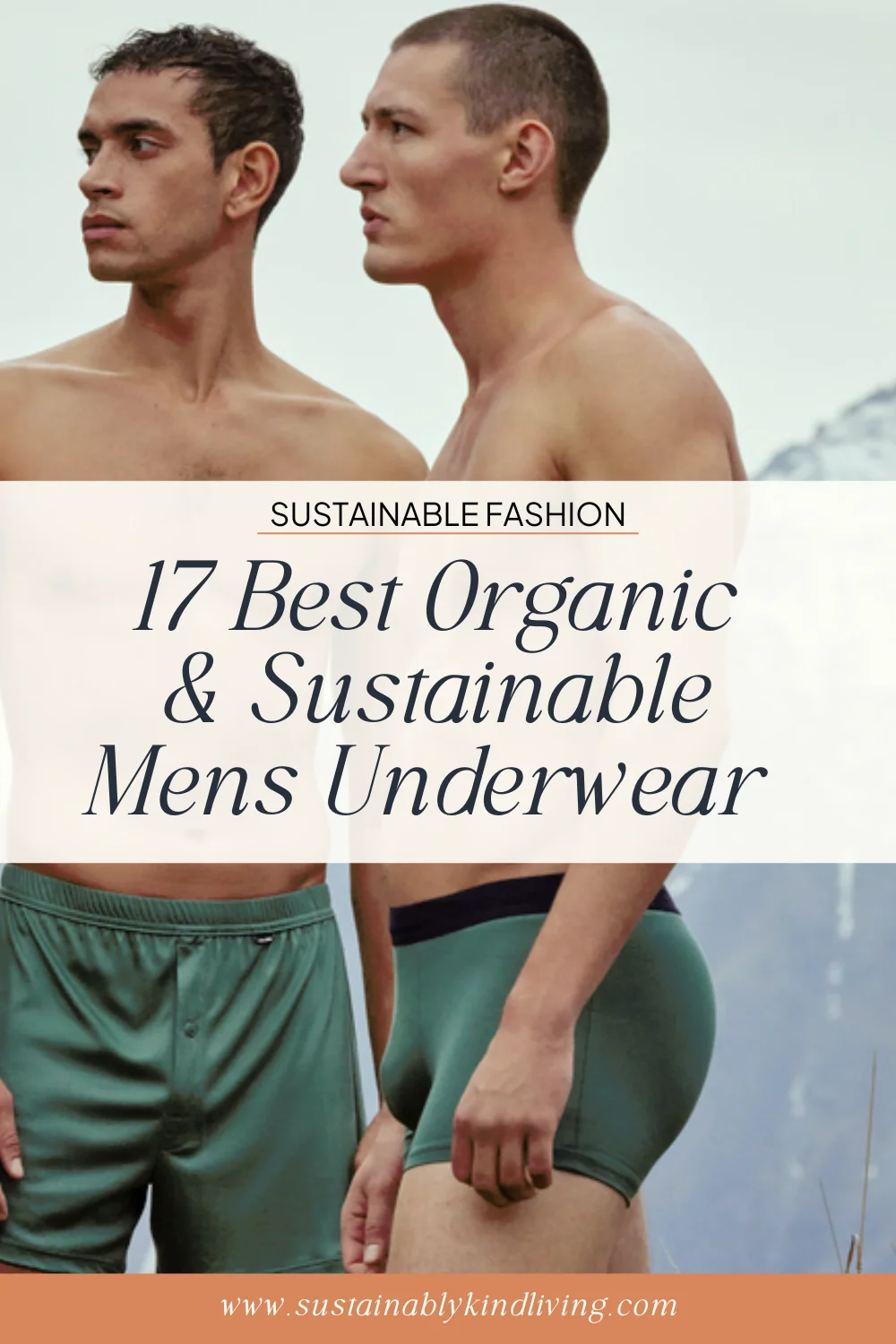
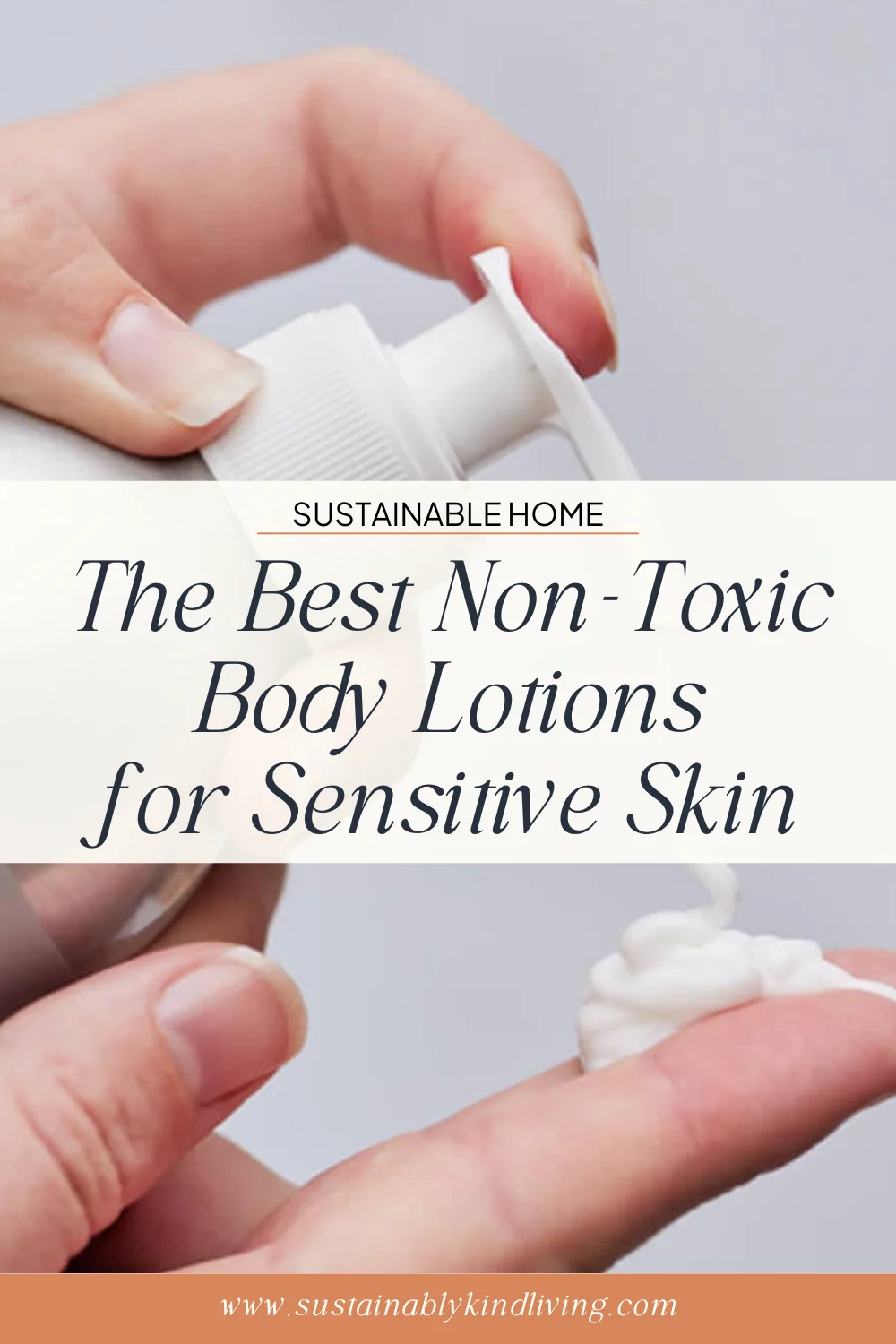
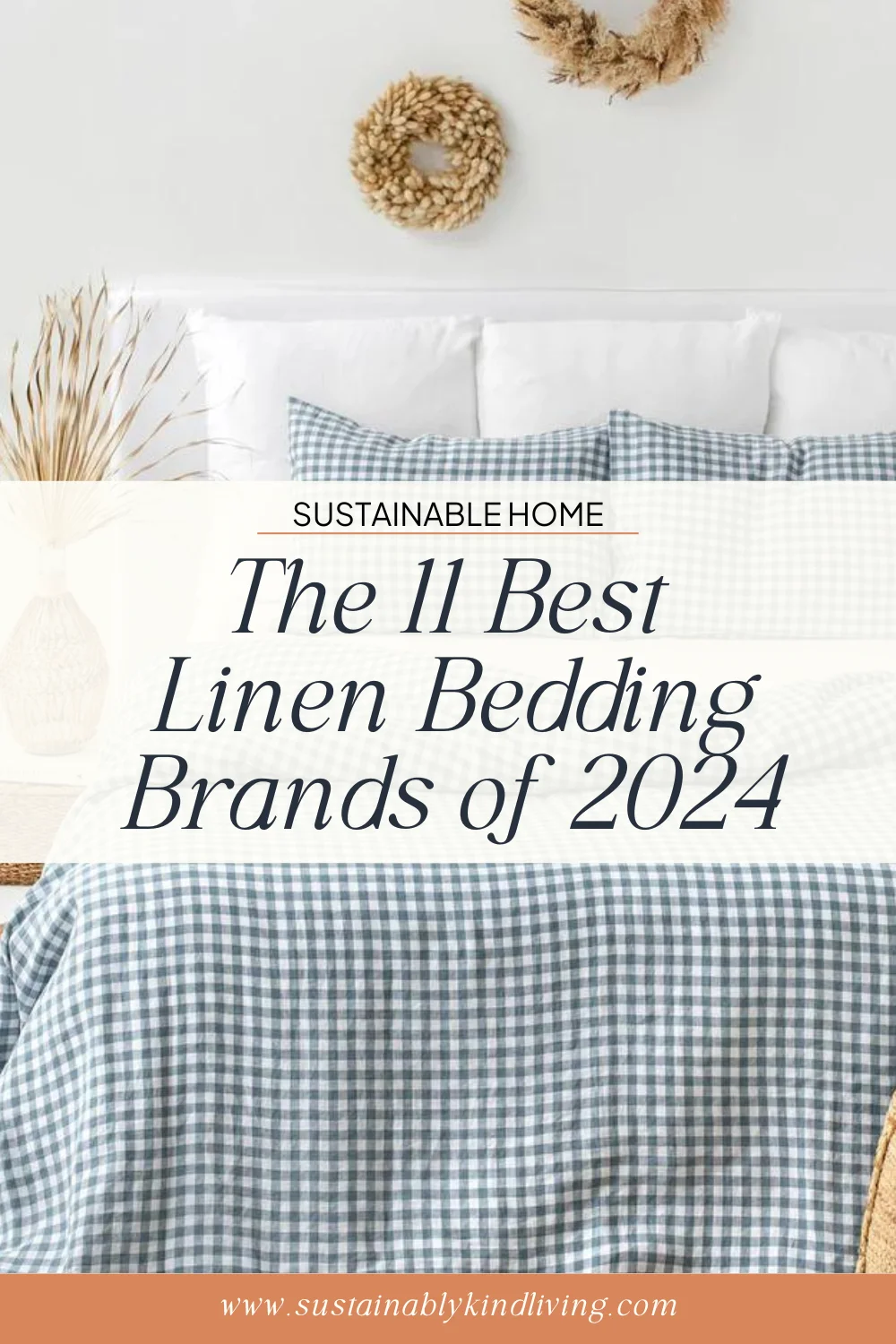

+ show Comments
- Hide Comments
add a comment